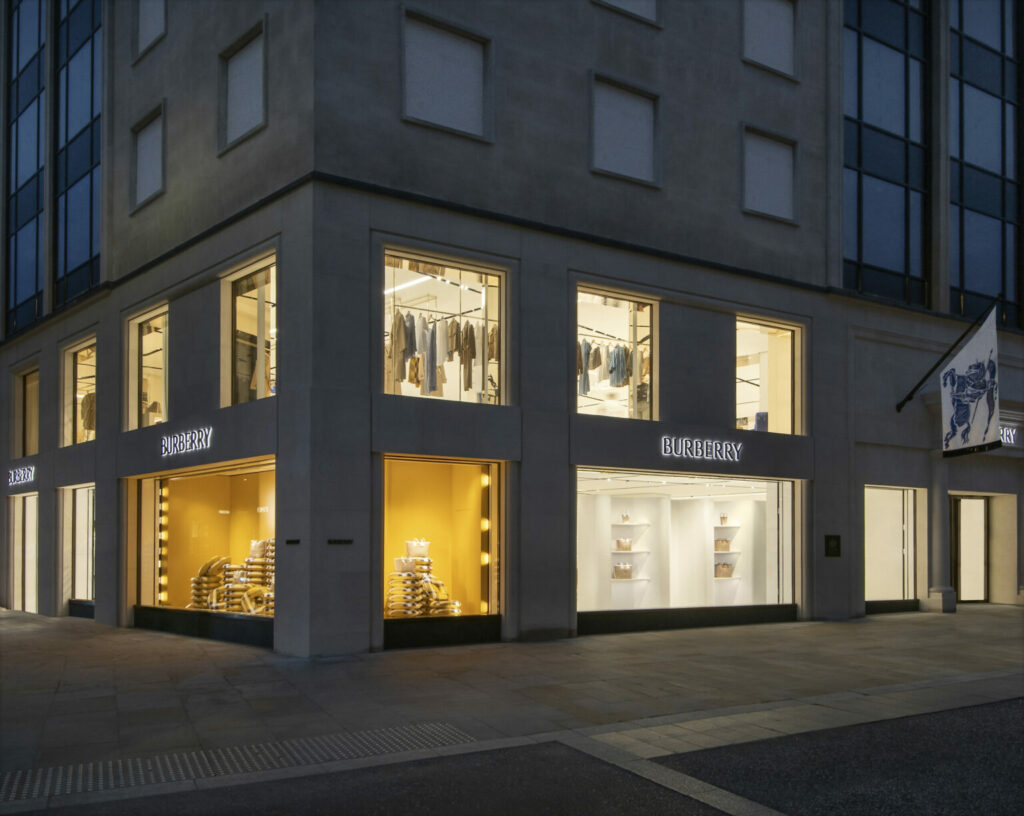Mulberry is reinventing itself again.
The quirky British retailer has made a quiet improvement on sales for the six months 30 September, recording a profit of £100,000 in its interim results compared to a loss of £1.1m for the same period last year.
Sales hit £68.7m in those six months and revenue rose 5% to £67.8m, while gross profit margin increased by 1.6% to 61.5%.”¯
The mid-market fashion retailer has been keeping a low-profile since the departure of former CEO Bruno Guillon, whose attempts to augment the ‘luxury‘ of the brand, backfired.
Guillon, once the CEO of high-end French label Hèrmes, directed his attention to overseas markets such as China and increased the value of products to price points that alienated core British customers. He was trying to create a mini-Hèrmes, shall we say.
It is said that Guillon drove renowned Creative Director Emma Hill out, who left Mulberry after six years. She is credited for turning Mulberry into a global player but following disagreements with her French boss over strategy, she left. This year Hill launched her own label, Hill and Friends.
Now the brand has a new CEO, Theirry Andretta, and with him a new creative director, Johnny Coca.
Coca was poached from French label Céline and will debut his first collection at London Fashion Week in February 2016. Since Mulberry won‘t have staged a catwalk collection in over two years, all eyes will be on the show.
Now is Mulberry‘s chance at a clean slate but as Retail Gazette understands, Coca‘s ideas could be deemed controversial.
The brand is steeped in heritage but has caused concern over its “inability to foster a viable identity”, writes retail research agency Conlumnio.
Hill put Mulberry on the map when she created the ‘Willow‘ bag, a 2-in-1 clutch and handbag that has a starting price of £1,250 – will there be enough innovation in Coca‘s range? Will the way he tells the Mulberry story be enough to woo buyers, customers and investors?


















